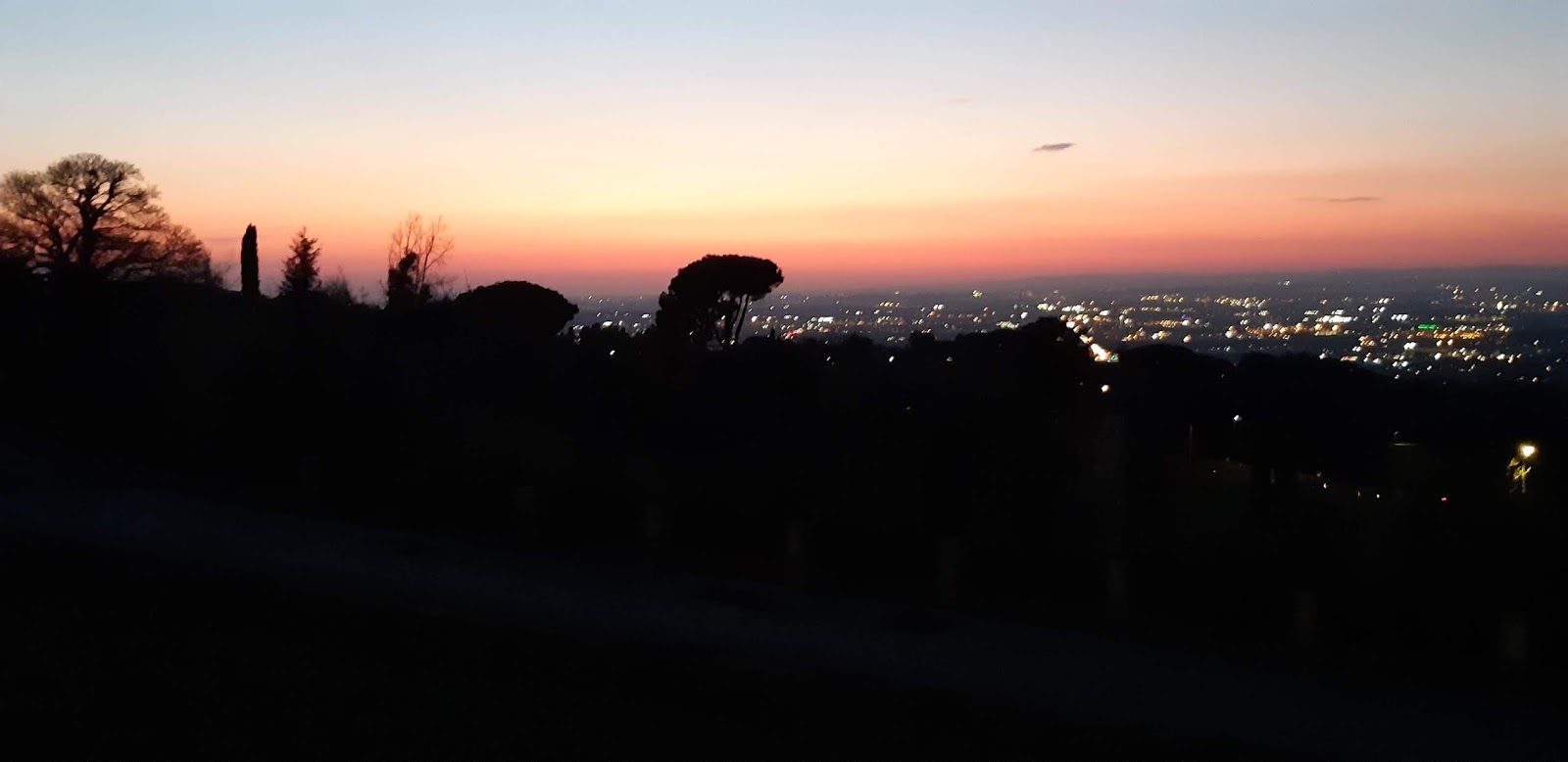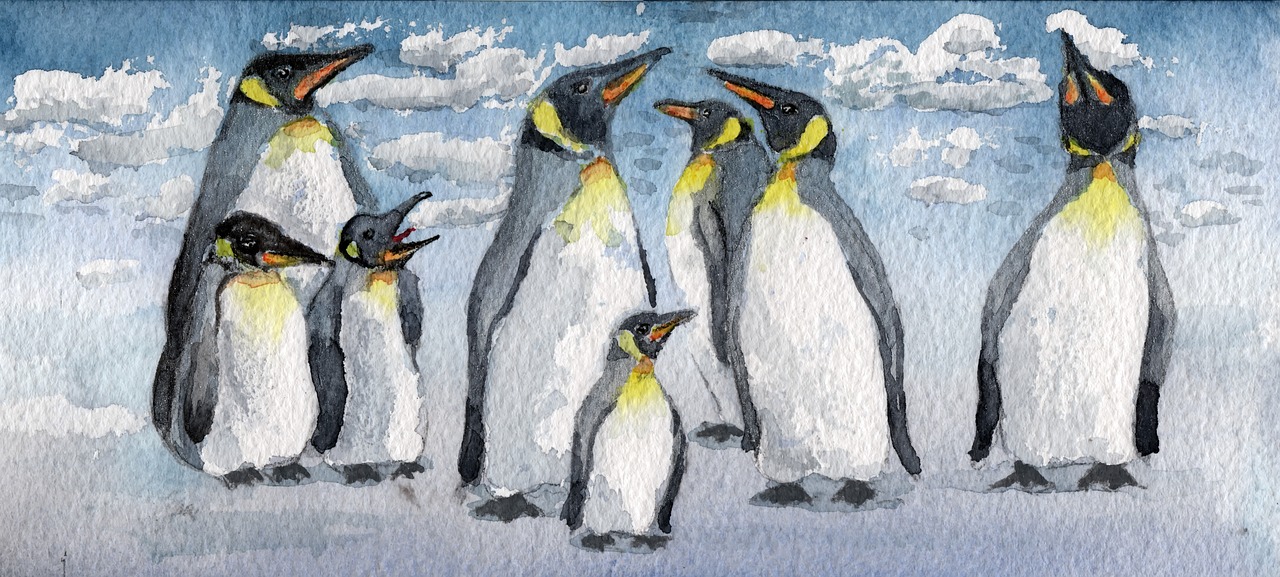This image is truly beautiful: it preserves intact that seed of trust that perhaps we have lost, and that can be usefully taken up again in this particular age we are crossing.

The drawing speaks of a possible future (precisely, a hypothetical toroidal structure in space, used as a human colony), but the reference to a recent, very terrestrial past is very strong. The graphic style, in fact, speaks for itself, for those who have already experienced some solar orbits. It speaks of the seventies, and in fact it was developed at that time by the NASA Ames Research Center. At the time, some will recall, there was a lot of this (pleasantly fantastic) studies focused on space colonization. Confidence in change on Earth was softly projected into the depths of the cosmos.
All this comes to me as a very tender reminder of a past which, perhaps, can teach us something about the future. Perhaps after the difficult year we have just left, we can really hope for a new era, in a redemption of the most dreamy and desiring part of ourselves. To return to work, to the daily struggle, it takes a dream, it takes a hypothesis of certainty, a glimpsed shadow of fulfillment.
Pure desire is necessary and sufficient to reach the stars, desire which constitutes the stuff of dreams. Trying, believing: this still depends on us. And the whole Universe changes, we know it, we feel it. From here to the most distant quasars, what really softens the texture of spacetime is a child’s gaze. Is the ability to amaze us, for the things that happen, in heaven and on earth.
Have a good restart, my friends.





